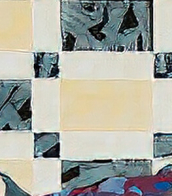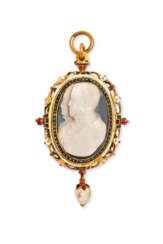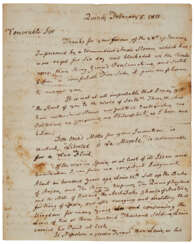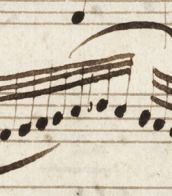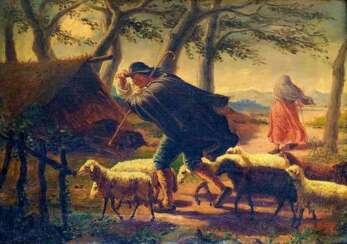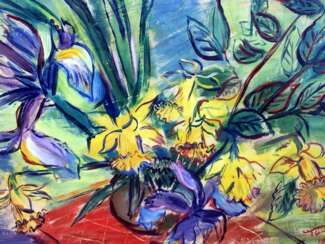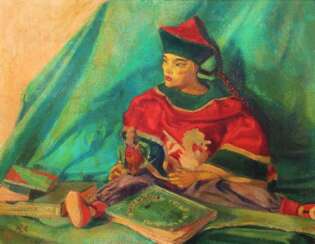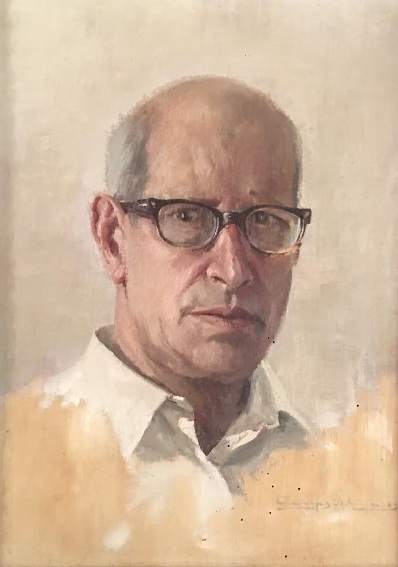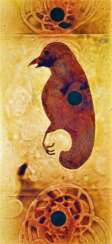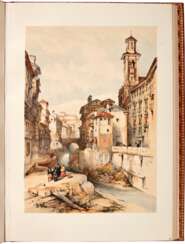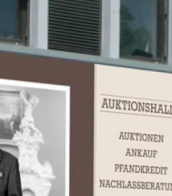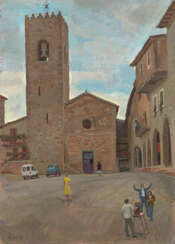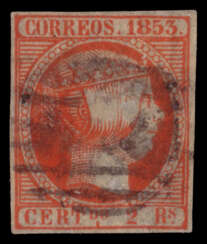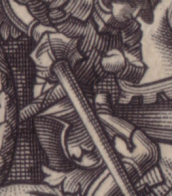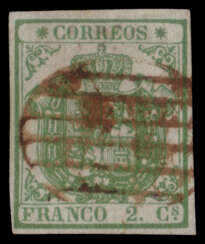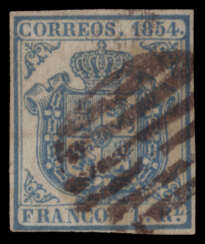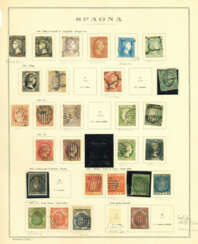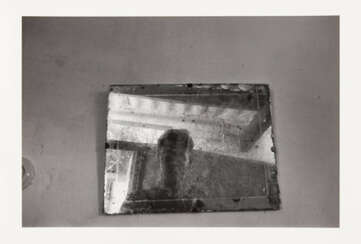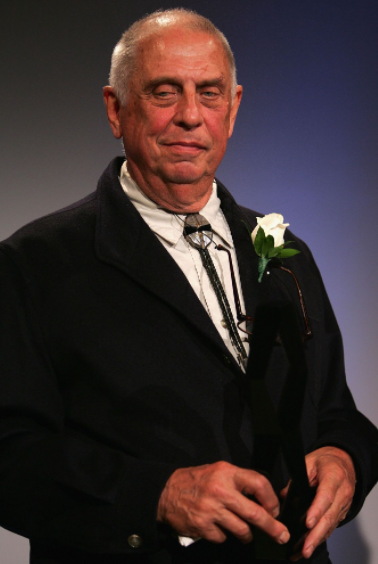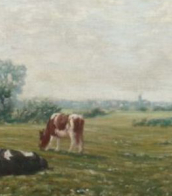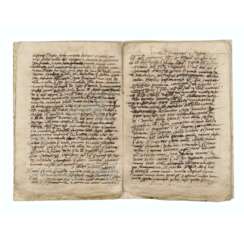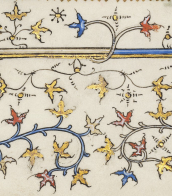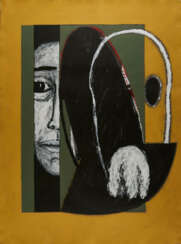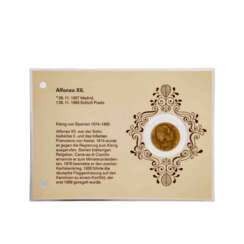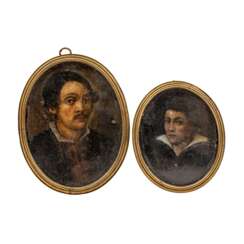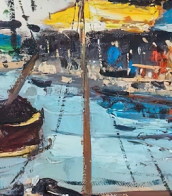spain
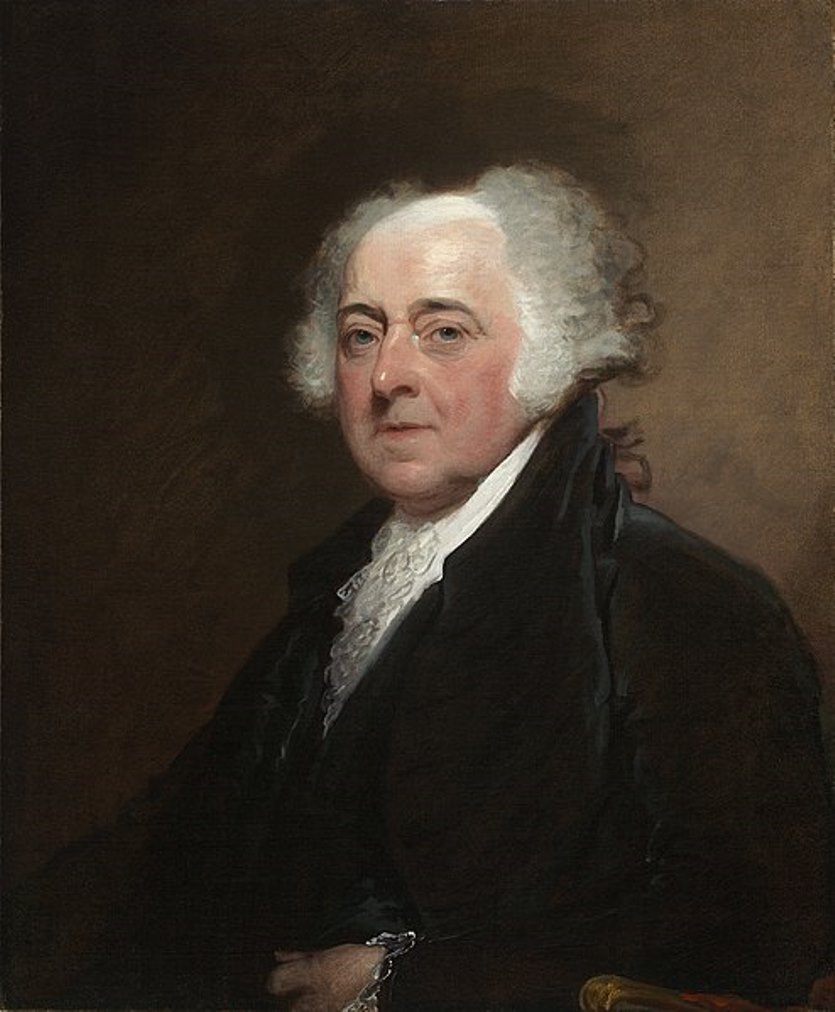
John Adams was an American statesman and politician and the second President of the United States (1797-1801).
The Adamses were among the first Puritan settlers in New England, and John's father was a farmer and shoemaker. John Adams graduated from Harvard College, taught grammar school in Worcester, Massachusetts, and then practiced law in Boston. In 1764, Adams married Abigail Smith, a minister's daughter, who became his confidante and lifelong political partner.
In 1765, Adams wrote "A Dissertation on Canon Law and Feudal Law," where he justified his opposition to British interference in the colonies. In the summer of 1774, Adams was elected to the Massachusetts delegation to the First Continental Congress, in which he became a major figure. He wrote Thoughts on Government as a basic guide to drafting new state constitutions. In July 1776, John Adams drafted the Plan of Treaties, which became the basis for the treaty with France and set the strategic priorities that would shape American foreign policy over the next century.
He was elected to the post of head of the War Council, in 1780 he became the author of the Massachusetts Constitution, which became a model for other states, in 1783 he signed the Treaty of Paris. From 1785 to 1788 John Adams served as the first American ambassador to Great Britain and proved himself worthy in this difficult situation, being the official embodiment of American independence from the British Empire. He studied European history extensively and the result was his three-volume book entitled A Defense of the Constitution of the Government of the United States of America (1787).
In 1789 Adams became the country's first vice president (Washington was the first president of the United States), and in 1797 he was elected the second president of the United States. However, his reign was not the best in the history of the new country. Deteriorating relations with France led to an undeclared naval war between the former allies. In 1798, Adams signed the controversial Alien and Sedition Acts, which restricted free speech rights. They met widespread opposition across the country. Adams resisted opposition demands for all-out war with France, but lost the 1800 election to Thomas Jefferson.
John Adams retired from politics and settled in his hometown of Quincy. He became the founder of an entire dynasty of politicians and died on July 4, 1826 (the 50th anniversary of the Declaration of Independence), living to see his eldest son John Quincy elected as the sixth president.


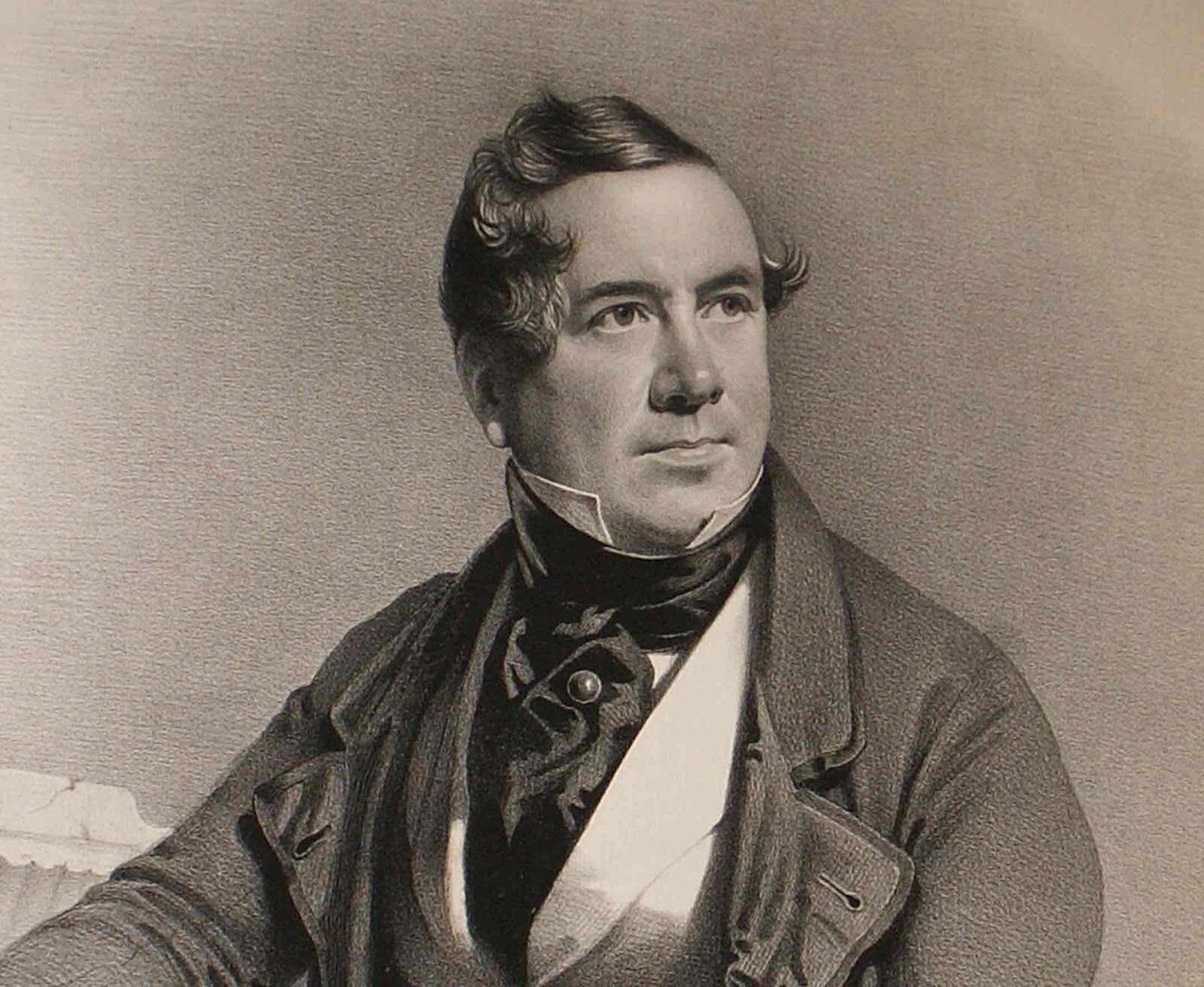
David Roberts was a Scottish painter and a member of the Royal Academy.
Since 1819, David Roberts worked as a scenographer in various theaters, where his creative potential was appreciated. Inspired by the positive feedback, some time later he seriously engaged in painting. After the first exhibition of works, held in 1824, the artist went on a trip. He visited several countries in Europe, where he created many drawings. In 1833, David Roberts continued to explore the world: he went to Spain, where he spent almost a year, also had time to visit Morocco, lived in Cairo for a long time and made sketches everywhere. Subsequently, his works were published in various magazines, and the author gained fame as a talented illustrator. In 1841, the artist became a member of the Royal Academy.
In the 1840s, an album with his works was published, thanks to these publications, David Roberts became the most famous painter of the Victorian era. The artist also skillfully depicted monuments of architecture. David Roberts' paintings are striking in their photographic accuracy, and he is still considered one of the best architectural painters in his homeland.

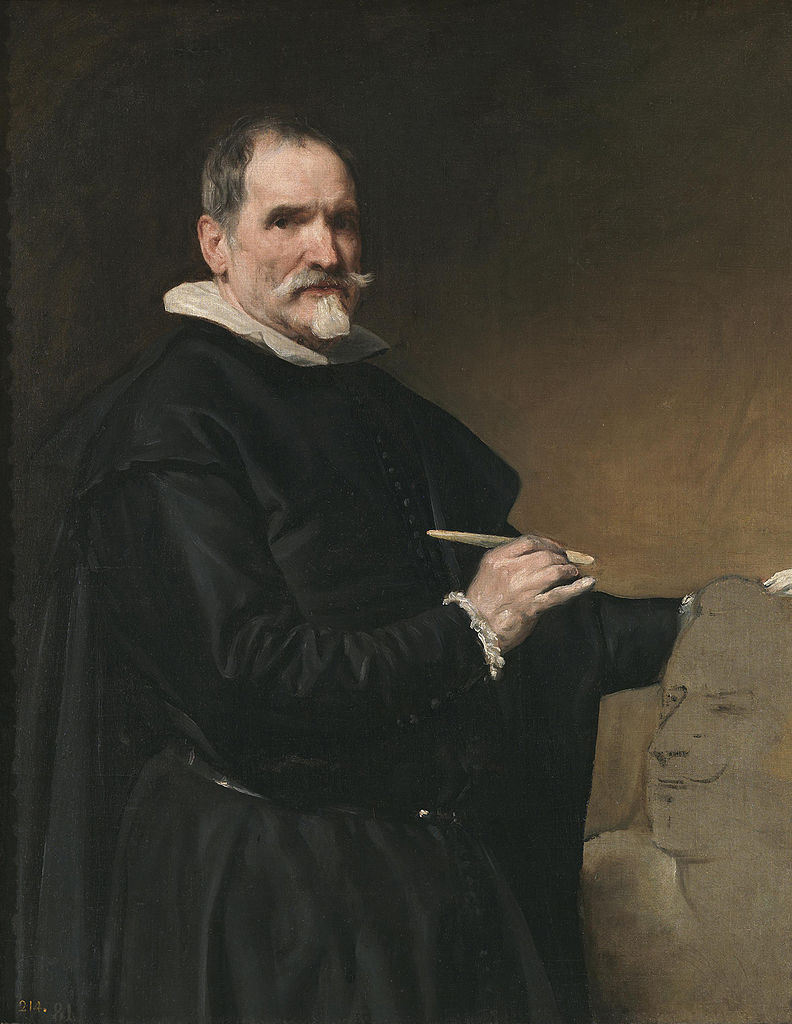
Juan Martínez Montañés, born on March 16, 1568, in Alcalá la Real, Jaén, Spain, and passing away on June 18, 1649, was a luminary of the Spanish Baroque sculpture scene, heralded as "el Dios de la Madera" (the God of Wood) for his unrivaled mastery in wood carving. His contributions significantly shaped the Sevillian school of sculpture, where he introduced the innovative encarnación technique, imbuing his wooden sculptures with lifelike skin tones.
Montañés is celebrated for his exceptional naturalism and precision in depicting human anatomy, setting him apart from many contemporaries. His works, characterized by their graceful forms and devout expressions, often encapsulated the religious fervor of the era. Notable pieces include the highly revered 'Saint John the Baptist', showcased at The Metropolitan Museum of Art, and 'Cristo de la Clemencia', housed in the Seville Cathedral, each illustrating his skillful handling of wood and keen attention to anatomical detail.
Throughout his life, Montañés enjoyed significant acclaim, not only within Spain but also internationally, with some of his works making their way to the Spanish Americas. This broad recognition is a testament to his influence on and contribution to the Baroque artistic movement. His legacy persisted through his students, including notable figures such as Juan de Mesa, and through his son, Alonzo Martínez, ensuring the continuation of his stylistic and technical innovations in sculpture.
For collectors and art and antiques enthusiasts, Montañés's works remain pivotal, embodying the spiritual and artistic zeitgeist of 17th-century Spain. His sculptures are not just artistic marvels but also cultural artifacts that offer insights into the era's religious and social contexts.
To stay informed about exhibitions featuring Juan Martínez Montañés's works or upcoming auction events related to this pivotal figure in Baroque sculpture, consider signing up for updates. This subscription ensures you're always in the know about opportunities to engage with Montañés's enduring legacy.
